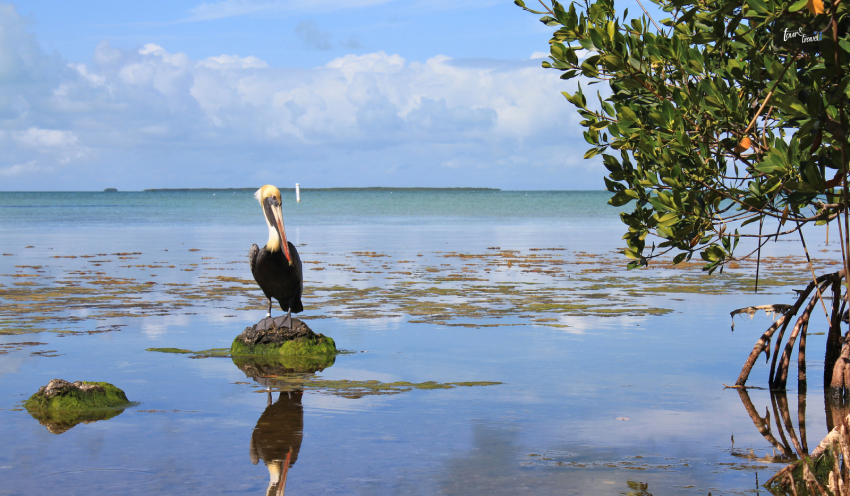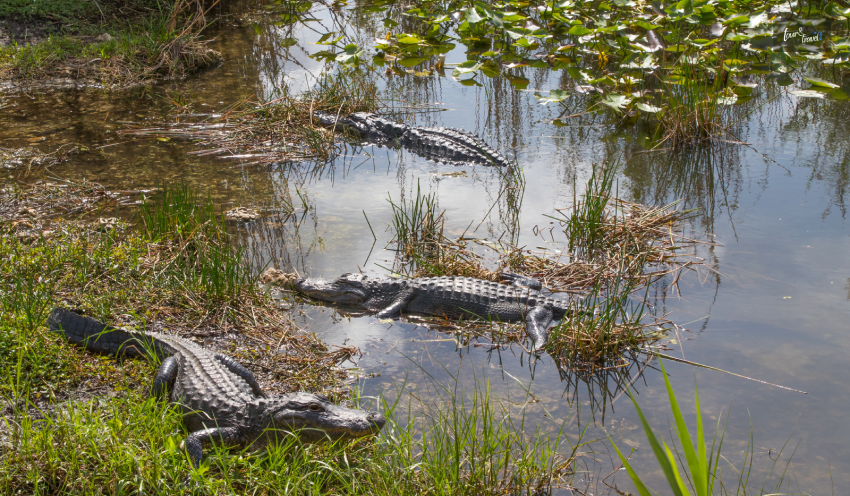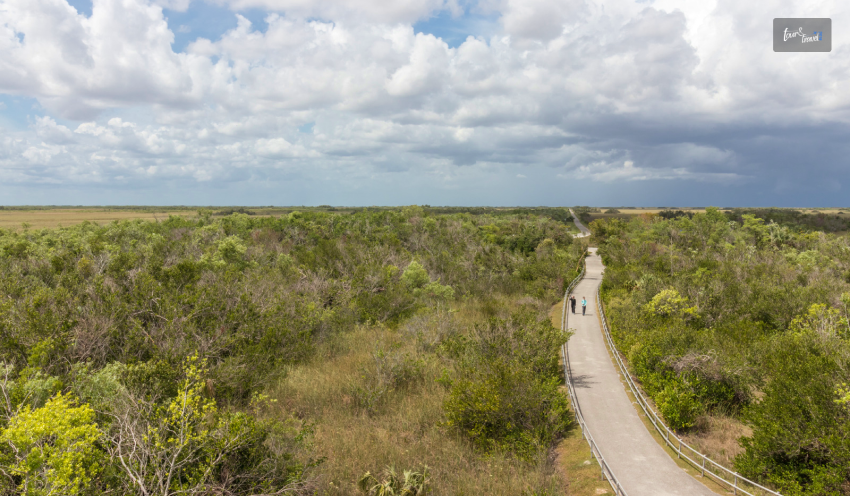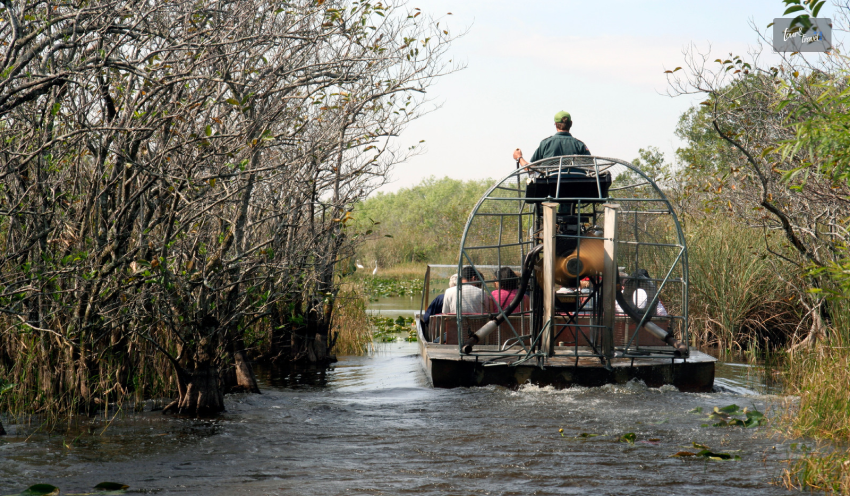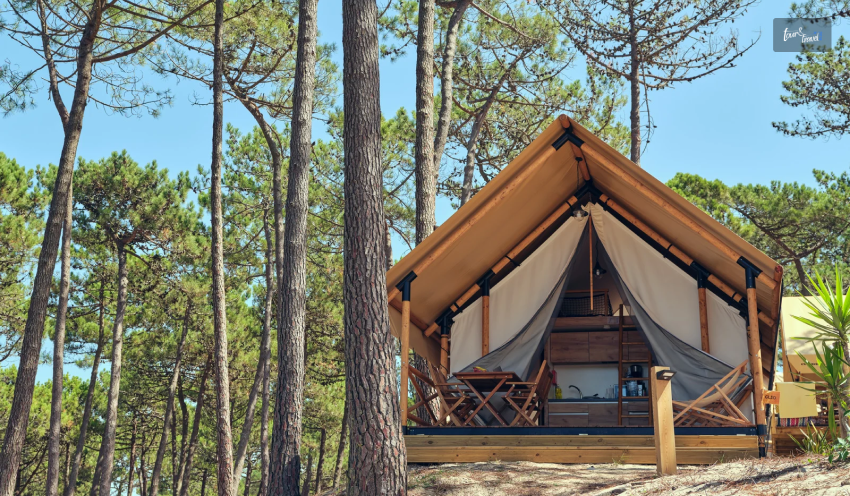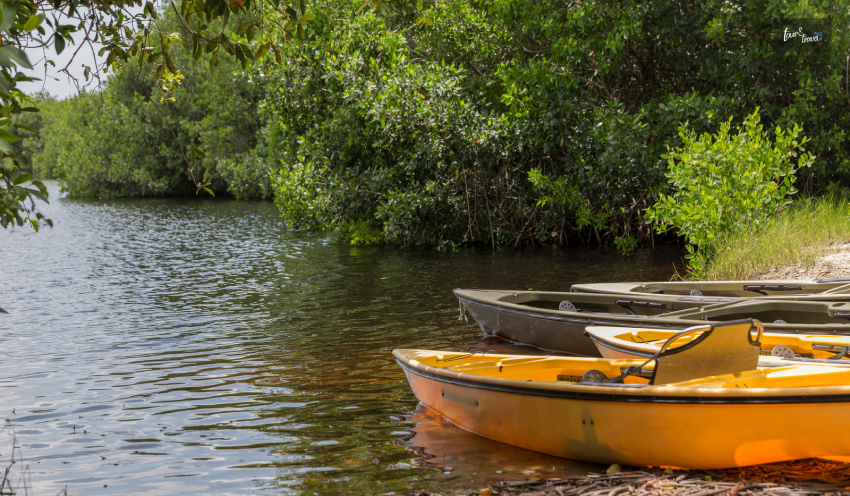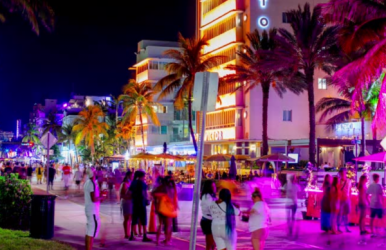These 14 Hot Springs Near Denver Will Blow Your Mind
BY Sibashree Dec 7, 2022
Did you know that Colorado has perhaps some of the most beautiful hot springs located in the United States? Although you can spot several charming hot springs near Denver or even Colorado Springs, it is hardly known how popular Colorado happens to be if you are a fan of hot springs. So if you are looking for the perfect hot springs in and around Denver this Winter, then you have arrived at the right destination. Simply scroll down to find out more about the hot springs you must check out this winter. Stick around till the end, and we promise you no disappointment! Top 12 Hot Springs Near Denver You Can Visit In Winter! Welcome to our list of the top hot springs near Denver, Colorado! All you have to do is scroll down. The state of Colorado is home to several beautiful hot springs. From the most remote corners of the state to the most popular cities, you can find these hot springs almost anywhere here. But today, we will focus only on the state capital, Denver. So keep reading to find out now! 1. Mt. Princeton Hot Springs: AdmissionMonday - Thursday: 35 Dollars (Adults) & 30 Dollars (Seniors & Children) | Friday - Sunday: 30 Dollars (Adults) & 25 Dollars (Seniors & Children)Temperatures90 to 120 °FSeasonAll Year-RoundFeaturesWater Slide, Creekside Hot Springs, Multiple Pools, Lodging, Juice Bar, Spa Services, and Fitness Classes. One of the best hot springs near Denver, Mount Princeton Hot Springs, is far from your regular hot spring! Instead, it’s a pretty fancy resort that features multiple pools accompanied by multiple amenities. Ideal for families with children, the resort has a very family-friendly vibe, and then there’s a massive water slide of 400 feet. 2. Hot Sulphur Springs Resort & Spa: Admission20 Dollars/ PersonTemperatures95 to 112 °FSeasonAll Year-RoundFeaturesMassage Treatments, Private Pools, Lodging, Bathhouse, and Lockers. You don’t have to google ‘Denver hot springs.' Instead, just check out this Springs Resort & Spa since it houses the best hot springs in the Denver area! These hot springs are historical. As a result, have been utilized for various medicinal purposes, and that too for over a hundred years. 3. The Springs Resort and Spa: Admission49 Dollars (Adults) | 25 Dollars (Children) | 46 Dollars (Seniors)Temperatures95 to 112 °FSeasonAll Year-RoundFeaturesWellness Activities, Private Hot Springs, Restaurants, Lodging, Yoga, and Spa Services. One of the best natural hot springs near Denver, The Springs Resort & Spa, perhaps requires the longest drive. However, if you are planning to check out Pagosa Springs, then you definitely will not be disappointed. The best part? These nature-made hot springs are, in fact, fed by none other than the Mother Spring, known to be the deepest hot springs in the whole world. 4. Strawberry Park Hot Springs: Admission20 Dollars/ Person (every two hours - only cash is accepted)Temperatures102 to 106 °FSeasonAll Year-RoundFeaturesShuttle Service, Clothing-Optional Amazing Evenings, Cabins, Camping Spots, and Massage Treatments. One of the best hot springs in Colorado, the Strawberry Park Hot Springs, located in Steamboat Springs, is a relatively more rustic attraction. Set across the charming Routt National Forest, this hot spring is pretty difficult to access during Winter, but the remoteness only adds to the rustic charm of the location. 5. Glenwood Hot Springs Resort: Admission26 Dollars (Adults) | 12 Dollars (Children) - Rates are subject to change based on the season.Temperatures90 °FSeasonAll Year-RoundFeaturesPrivate Cabanas, Water Slides, Lodging, Spa Treatments, and Playing Areas For Children. Amongst all the major hot springs in Denver Colorado, perhaps the most accommodating one is the Glenwood Hot Springs Resort, especially if you are visiting with your whole family. But that’s not the best part. Did you know that the location is actually known for the largest ‘mineral water pool’ in the entire world? More reason for you to visit this location. Read More: Free And Fun Activities In Denver For Adults: Mark The Dates For Upcoming Events 6. Iron Mountain Hot Springs: Admission34 Dollars/ Person (every 2.5 hours - rates can change based on Seasons)Temperatures99 to 108 °FSeasonAll Year-RoundFeaturesOptional Clothing, Private Hot Tubs, Pools, Camping Spots, Hike Out/Hike In, and Lockers. If you are looking for quiet, private hot springs near Denver, then you can’t miss out on Iron Mountain Hot Springs! The place actually features about sixteen hot springs, all-natural, where visitors can simply jump from one pool to another while enjoying beautiful views of the charming Colorado River nearby. 7. Indian Hot Springs: Admission26 Dollars (Adults) | 12 Dollars (Children) - Rates are subject to change based on the season.Temperatures90 to 112 °FSeasonAll Year-RoundFeaturesPrivate Baths, Geo-Thermal Caves, Hotel Lodging, Spa Services, Cabins, and Indoor Pools. The Indian Hot Springs is located within Idaho Springs and happens to be the closest to Denver. Hare, the primary pool looks fascinating and is encased well inside this big glass dome. This acts just like a greenhouse and is able to create a humid, warm atmosphere which allows the different tropical plants in the area to thrive. 8. Old Town Hot Springs: Admission25 Dollars (Adults) | 19 Dollars (Children) | 22 Dollars (Seniors)Temperatures80 to 103 °FSeasonAll Year-RoundFeaturesChildren Areas, Climbing Wall, Massage Therapy, Multiple Pools, and Fitness Classes. One of our favorite hot springs near Denver, the Old Town Hot Springs, happens to be relatively more accommodating, especially to children, as compared to the other popular hot springs located within Steamboat Springs. Yes, we were talking about the Strawberry Park Hot Springs. Moreover, it features several pools and even a shallow kid pool! 9. Cottonwood Hot Springs: AdmissionMonday - Thursday: 20 Dollars (Adults) & 18 Dollars (Children) | Friday - Sunday: 24 Dollars (Adults) & 20 Dollars (Children)Temperatures80 to 106 °FSeasonAll Year-RoundFeaturesCold Plunge, Camping Spots, Spa Amenities, Cabins, Sauna, and Quiet Pools. Located inside the San Isabel National Forest, the Cottonwood Hot Springs happens to be a paradise for all nature lovers. Situated close to Buena Vista, the Cottonwood Hot Springs are mineral-based natural hot springs that vary both in temperature and size. Moreover, the resort ends up promoting total relaxation while encouraging a very quiet, tech-free environment. 10. Sunwater Spa, Manitou Springs: AdmissionTuesday - Sunday: 8 am to 10 pm | Mondays: Closed (Rates Vary)Temperatures90 °FSeasonAll Year-RoundFeaturesYoga, Wellness Activities, Spa Treatments, and Soaking In Mineral Water. If you are in the mood for some unique experiences in terms of hot springs, then you have to check out the Sunwater Spa, located in Manitou Springs! Known for offering several facilities for unwinding and relaxing, the Sunwater Spa in Manitou Springs is perfect for visiting with your partner, family, and even alone. 11. Ouray Hot Springs View this post on Instagram A post shared by Ouray Hot Springs Pool and Fitness Center (@ourayhotsprings) AdmissionFor Children - Free, For Youth (4-17) - $16, For Adults (18-61) - $26, For Senior (62-74) - $18, For Senior (above 75) - FreeTemperature92°F to 100°FSeasonAll Year RoundFeaturesMemberships are available, sulfur free hot springs, with constant hard air blowing, pool heating takes time! The springs are open every day for public pools from 11 am to 10 pm and for member pool hours, the duration is from 10 am to 11 am. There is a 3 month or 12 month membership available for all members. You can buy towels for $10! For one day, Ouray Hot Springs Pool recharges the underground aquifer thus, losing a huge amount of geothermal water. The volume of geothermal water decreased in the pool due to the 24-hour cutback! 12. Dunton Hot Springs View this post on Instagram A post shared by Patrick Janelle (@aguynamedpatrick) AdmissionAdults: $240 for couples, Children: FreeTemperature108°FSeasonAll Year RoundFeaturesLog buildings, established in a ghost town, popular thermal mineral springs If you rent cabins to access Dunton Hot Springs, you have to pay somewhere between $630 to $2100 for one night. Clearly, it is expensive, and the rich get more access to these resorts as compared to others. The town is completely empty, and people only visit the thermal mineral springs. There are American mines pretty close to the hot springs. 13. Radium Hot Springs View this post on Instagram A post shared by Tourism Radium (@tourismradium) Admission Adults: $240 for couples, Children: Free Temperature 108°F Season All Year Round Features Log buildings, established in a ghost town, are popular thermal mineral springs Radium Hot Springs in British Columbia offers a beautiful, relaxing experience with mineral-rich hot and cooler pools surrounded by stunning mountain scenery and rock cliffs, and is open year-round. Visitors can enjoy unique mineral water, watch for wildlife like bighorn sheep, and access nearby trails and town amenities. While some visitors mention the pools can be small or require paying for towels, many find it a fun and relaxing stop for families and those seeking to unwind in nature. 14. Penny Hot Springs View this post on Instagram A post shared by michelle b (@mmmbeans) Admission Adults: $230 for couples, Children: Free Temperature 108°F Season All Year Round Features Log buildings, established in a ghost town, are popular thermal mineral springs Penny Hot Springs is a free, primitive, hot spring located near Carbondale, Colorado, known for varying water temperatures and a beautiful, but unmanaged, natural setting with potential issues like trash. The water source is very hot, and visitors must be cautious with children. While the setting offers scenic mountain views, visitors report varying pool depths and the need to pack out all trash to preserve the area. Frequently Asked Questions (FAQs): Check out the most frequently asked questions related to hot springs near Denver mentioned below. 1. What Is The Closest Natural Hot Springs To Denver? Ans: The natural hot springs that are the closest to Denver are the Indian Hot Springs - it will take you about 40 mins to drive the 33 miles to Denver. It’s in the western part of the city, right on I-70. The historic hot springs in Idaho are one location you are bound to see on your way to or from the iconic ski slopes nearby. 2. What Are The Most Beautiful Hot Springs In The World? Ans: The most beautiful hot springs in the world are as follows,➊ Pamukkale (Turkey),➋ Chinoike Jigoku (Japan),➌ Szechenyi (Budapest),➍ Cascate del Mulino (Italy), and➍ The Blue Lagoon (Iceland). 3. What Are The Major Hot Springs In Colorado? Ans: The three hot springs in Colorado are as follows,➊ Glenwood Springs,➋ Great Pagosa Springs, and➌ Hot Sulphur Springs. 4. Where Are The Best Natural Hot Springs In Colorado? Ans: The best hot springs in Colorado are as follows,➊ Iron Mountain Hot Springs,➋ Mount Princeton Hot Springs,➌ Cottonwood Hot Springs,➍ Glenwood Hot Springs Pool, and➎ Ouray Hot Springs Pool. Take A Dive In Hot Springs Near Denver, Today! So we have come to the end of our list of the best hot springs near Denver! Now, what are you even waiting for? All you have to do is do your due research and then pack your bags - because the winter has arrived, and there’s no better time to hit these hot springs near Denver, Colorado! In the meantime, don’t forget to let us know about your thoughts and past experiences with hot springs in the comments below.

